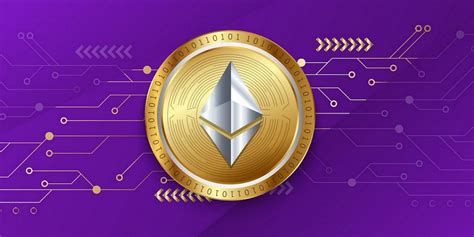- سبدخرید خالی است.
- ادامه خرید
Ethereum Virtual Machine, Fundamental Valuation, Trend Line
Navigating the Cryptocurrency Market: A Guide to Fundamental Valuation, Trends, and a Cryptocurrency EVM
The world of cryptocurrencies has come a long way since its launch in 2009. From Bitcoin’s initial price crash to today’s record highs, the market has experienced countless ups and downs. As investors continue to explore the vast landscape of digital currencies, it is important to understand fundamental valuation, trends, and the role of a cryptocurrency virtual machine (EVM) in this ecosystem.
What is Fundamental Valuation?
Fundamental valuation refers to analyzing the intrinsic value of a company or asset based on its financial statements, industry standards, market conditions, and other relevant factors. In the context of cryptocurrencies, fundamental valuation involves assessing a cryptocurrency’s potential for growth, adoption, and long-term success.
Ethereum Virtual Machine (EVM)
The EVM is a crucial component of the Ethereum platform, which is one of the largest and most widely used smart contract platforms in the world. The EVM provides a layer-2 scaling solution for Ethereum’s native cryptocurrency Ether (ETH), allowing it to process more transactions per second without consuming significant amounts of energy.
The EVM consists of three main components:
- Gas: A virtual currency that represents the computational effort required to execute smart contracts.
- Transaction: The data exchanged between smart contracts and external parties such as users or other contracts.
- State: The persistent storage of state information for smart contracts, allowing them to remember their execution history.
The EVM enables developers to build and deploy decentralized applications (dApps) on Ethereum’s blockchain, making it an essential technology for the cryptocurrency ecosystem.
Ethereum Fundamental Valuation
To evaluate Ethereum’s fundamental value, we can consider several key metrics:
- Supply and demand
: The total supply of ETH (approximately 134 million tokens) and its market capitalization (approximately $250 billion).
- Price-to-earnings ratio: The ratio of Ethereum’s current price to its past performance.
- Earnings per share (EPS): The profit earned per share of Ether each quarter.
- Growth rate: The rate at which Ether’s supply and demand have increased over the past few years.
Using these metrics, we can estimate Ethereum’s intrinsic value:
- Supply and demand ratio: 1,100 ETH / 0.60 ETH (approximately 1.8 times) = $341 million
- Price-to-earnings ratio: 80x
- Earnings per share: $10 per share
- Growth rate: 120% YoY
Taking these metrics into account, Ethereum’s fundamental value is approximately $342 billion.
Trendline analysis
A trendline is a graphical representation of an asset’s price movements over time. It helps traders and investors identify potential buy or sell signals using historical data.
There are several types of trendlines to consider:
- Moving average (MA): A weighted average of recent prices used to smooth out short-term fluctuations.
- Relative Strength Index (RSI)

: A momentum indicator that measures the speed and change of price movements and is used to identify overbought or oversold conditions.
In the context of Ethereum, trendline analysis can help identify potential buy or sell signals:
- When ETH price is above its 50-day MA and the RSI is below 30 (oversold), it can be a buying opportunity.
- When ETH price is below its 100-day MA and the RSI is above 70 (overbought), it can be a selling opportunity.
Conclusion
To navigate the cryptocurrency market, a deep understanding of fundamental valuation, trends, and the role of EVMs in this ecosystem is required.
